NRO to add more commercial imagery providers as it builds a ‘hybrid architecture’
Thursday, 25 August 2022 20:53
The National Reconnaissance Office expects to select next month multiple providers of radio-frequency data collected by commercial satellites.
The post NRO to add more commercial imagery providers as it builds a ‘hybrid architecture’ appeared first on SpaceNews.
Boeing astronaut flight off until next year for more fixes
Thursday, 25 August 2022 20:15
Starliner crewed test flight slips to early 2023
Thursday, 25 August 2022 20:04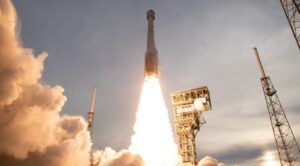
Work on Boeing’s CST-100 Starliner commercial crew vehicle to correct minor problems during an uncrewed test flight in May will delay its first flight with astronauts to early 2023, NASA and Boeing said Aug.
FCC Commissioner criticizes Starlink’s $900 million subsidy rejection
Thursday, 25 August 2022 18:27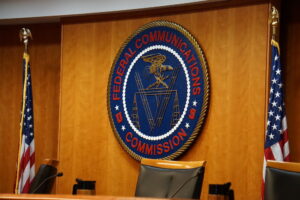
The Federal Communications Commission denied Starlink nearly $900 million in rural broadband subsidies “without legal justification,” one of the regulator’s four commissioners said Aug. 24.
The post FCC Commissioner criticizes Starlink’s $900 million subsidy rejection appeared first on SpaceNews.
Astronauts going to Mars will receive many lifetimes worth of radiation
Thursday, 25 August 2022 17:10
In a recent study to be published in Space Physics, an international team of researchers discuss an in-depth study examining the long-term physiological effects of solar radiation on astronauts with emphasis on future astronauts traveling to Mars to include steps we can take to help mitigate the risk of such solar radiation exposure. The researchers hailed from the United Arab Emirates, New Zealand, India, United States, Italy, Greece, and Germany, and their study helps us better understand the in-depth, long-term health impacts of astronauts during long-term space missions, specifically to Mars and beyond.
"Exposure to ionizing radiation is one of the main health risks to astronauts in crewed missions to Mars," said Dr. Dimitra Atri, a Research Scientist at New York University Abu Dhabi, and lead author of the study. "Going to Mars is going to be humanity's ultimate adventure in the 21st century—it would be unfortunate if the mission is successful, but astronauts suffer major health issues or even die because of radiation exposure.
U.S. Army signs agreement to test space data from HawkEye 360 satellites
Thursday, 25 August 2022 15:41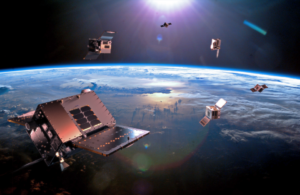
The U.S. Army has signed an agreement to evaluate the use of space data from HawkEye 360, an Earth observation company that uses satellites to monitor radio-frequency signals emitted by electronic devices
The post U.S.
NASA shares 'spectacular" image of the southern lights from International Space Station
Thursday, 25 August 2022 15:35
Is NASA campaigning to have the galaxy's best Instagram page? It sure seems that way with the latest images from the James Webb Space Telescope of Jupiter and last month's stunning shots of the Carina Nebula and Southern Ring Nebula.
And now, the space agency is sharing a remarkable image of the southern lights, or aurora australis, taken from the International Space Station.
The southern lights, which are similar to the aurora borealis, can be seen best from Tasmania, New Zealand and Antarctica, according to Smithsonian Magazine.
Webb detects carbon dioxide in exoplanet atmosphere
Thursday, 25 August 2022 13:00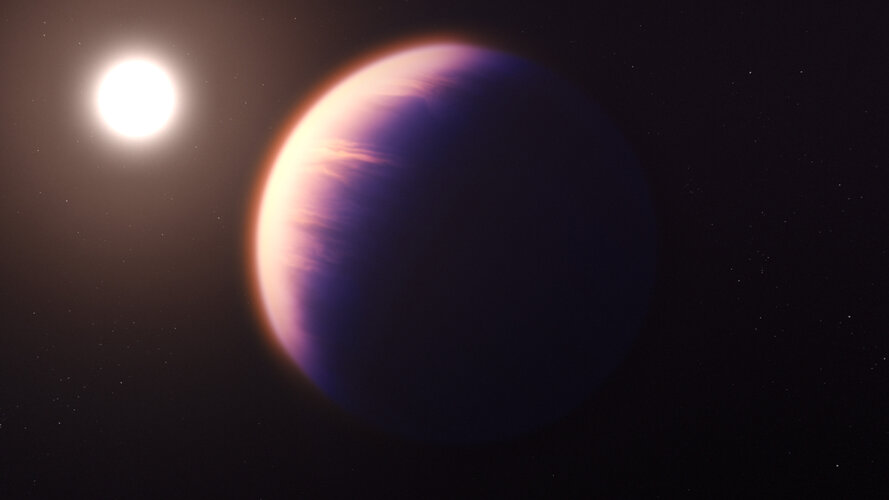
The NASA/ESA/CSA James Webb Space Telescope has found definitive evidence for carbon dioxide in the atmosphere of a gas giant planet orbiting a Sun-like star 700 light-years away. The result provides important insights into the composition and formation of the planet, and is indicative of Webb’s ability to also detect and measure carbon dioxide in the thinner atmospheres of smaller rocky planets.
Watch live: Artemis I Moon launch
Thursday, 25 August 2022 12:19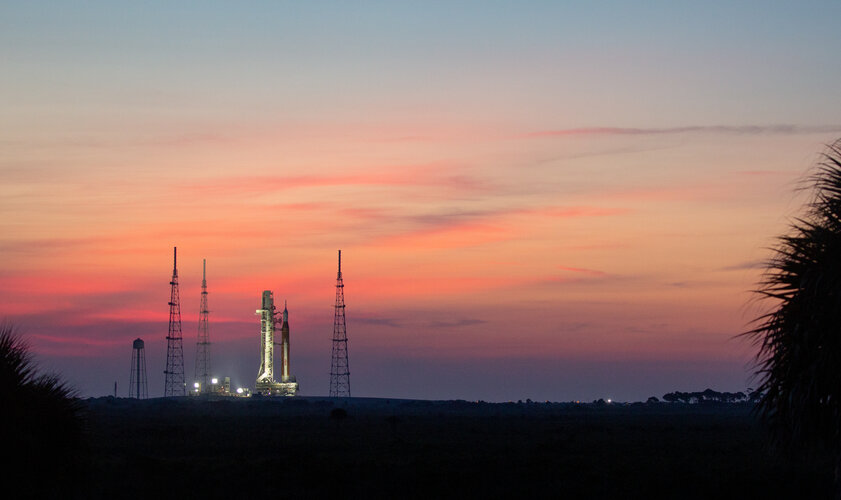
The countdown has started for the first human-rated launch to the Moon in over half a century. ESA’s European Service Module will be powering the Orion spacecraft to our natural satellite and back.
Artemis I launch attempt scrubbed
Thursday, 25 August 2022 12:19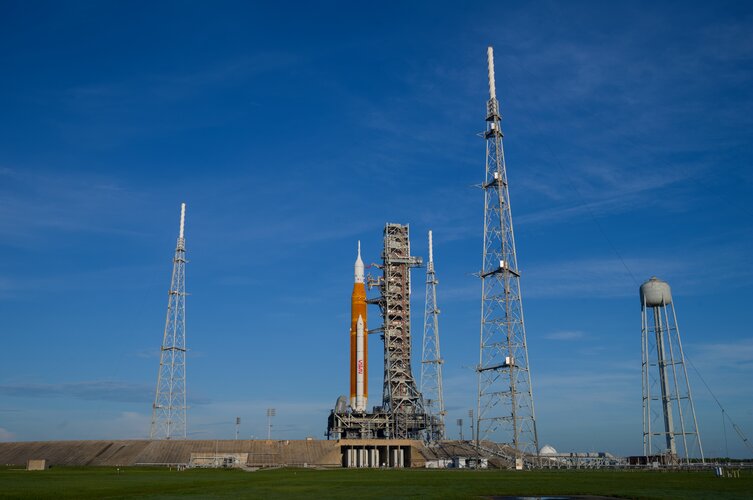
The countdown has started for the first human-rated launch to the Moon in over half a century. ESA’s European Service Module will be powering the Orion spacecraft to our natural satellite and back.
NASA engineer develops tiny, high-powered laser to find water on the moon
Thursday, 25 August 2022 12:08
Finding water on the moon could be easier with a Goddard technology that uses an effect called quantum tunneling to generate a high-powered terahertz laser, filling a gap in existing laser technology.
Locating water and other resources is a NASA priority crucial to exploring Earth's natural satellite and other objects in the solar system and beyond. Previous experiments inferred, then confirmed the existence of small amounts of water across the moon. However, most technologies do not distinguish among water, free hydrogen ions, and hydroxyl, as the broadband detectors used cannot distinguish between the different volatiles.
ESA ready for “historic” Artemis 1 mission
Thursday, 25 August 2022 10:59
European officials are as excited as their American counterparts about the upcoming Artemis 1 launch that will bring them one step closer to flying European astronauts to the moon.
The post ESA ready for “historic” Artemis 1 mission appeared first on SpaceNews.
NASA astronaut ready for Soyuz flight to ISS
Thursday, 25 August 2022 10:02
A NASA astronaut flying to the International Space Station on a Soyuz spacecraft next month says his training hasn’t been affected by tensions with Russia or uncertainty about the status of his mission.
Scientists take another theoretical step to uncovering the mystery of dark matter, black holes
Thursday, 25 August 2022 10:01 Much of the matter in the universe remains unknown and undefined, yet theoretical physicists continue to gain clues to the properties of dark matter and black holes. A study by a team of scientists including three from Stony Brook University proposes a novel method to search for new particles not currently contained in the standard model of particle physics. Their method, published in Nature Com
Much of the matter in the universe remains unknown and undefined, yet theoretical physicists continue to gain clues to the properties of dark matter and black holes. A study by a team of scientists including three from Stony Brook University proposes a novel method to search for new particles not currently contained in the standard model of particle physics. Their method, published in Nature Com How scientist established a two-stage solar flare early warning system?
Thursday, 25 August 2022 10:01 Solar flares are solar storm events driven by the magnetic field in the solar activity area. When the flare radiation comes to the Earth's vicinity, the photo-ionization increases the electron density in the D-layer of the ionosphere, causing absorption of high-frequency radio communication, scintillation of satellite communication, and enhanced background noise interference with radar. Statisti
Solar flares are solar storm events driven by the magnetic field in the solar activity area. When the flare radiation comes to the Earth's vicinity, the photo-ionization increases the electron density in the D-layer of the ionosphere, causing absorption of high-frequency radio communication, scintillation of satellite communication, and enhanced background noise interference with radar. Statisti 
